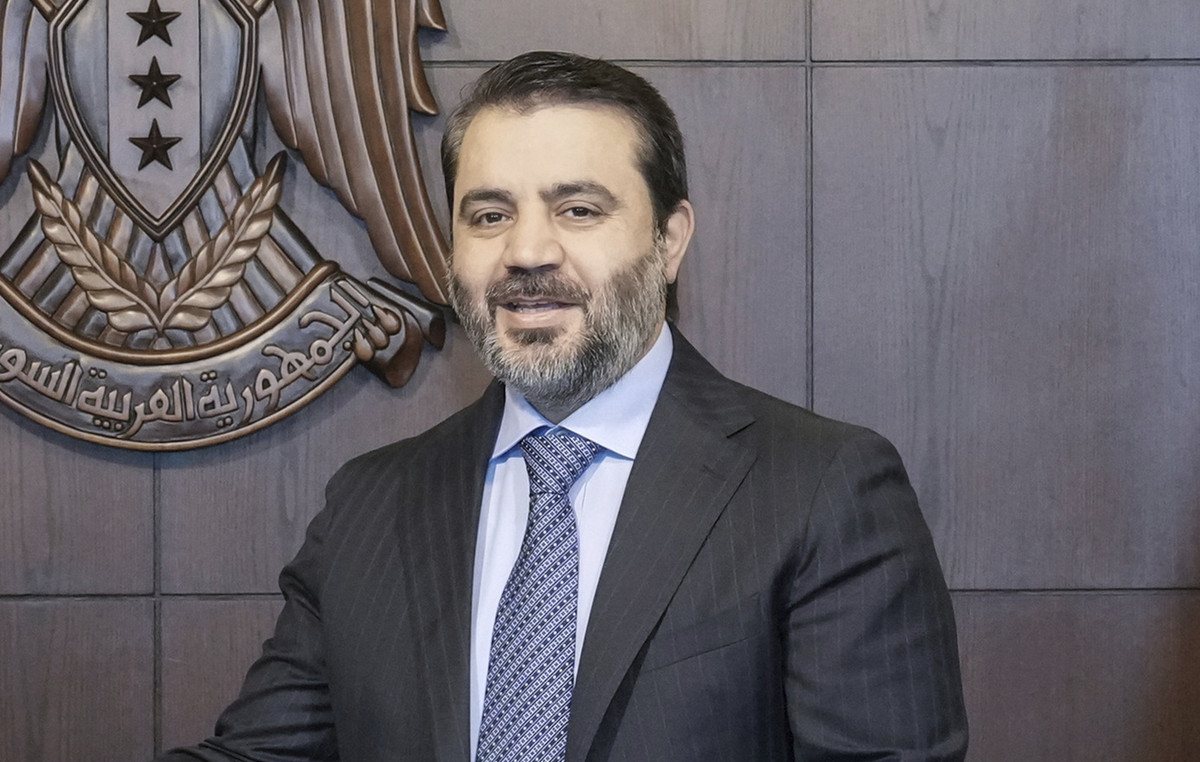SpaceX and T-Mobile want to broadcast cellular service to “most places in the US”, including some of the most remote areas of the country that traditionally go untouched by wireless connectivity.
The idea, which the companies plan to launch into beta testing by the end of next year, is to use SpaceX’s satellite-based internet business Starlink to provide an “extra layer” of connectivity to T-Mobile phones.
T-Mobile is also offering reciprocal roaming to mobile operators in other countries, in the hope that Starlink’s global reach will allow people to use their phones for messaging across the planet.
“This is an open invitation to operators around the world, please reach out to us,” SpaceX CEO Elon Musk said during an event announcing the plan. The new service will primarily rely on “version 2,” or V2, Starlink satellites, according to Musk. They shouldn’t start releasing until next year.
“To provide this service, the companies will create a new network, broadcast from Starlink satellites using T-Mobile’s mid-band spectrum across the country. This true cellular satellite service will provide near-complete coverage almost anywhere the customer can see the sky,” according to a T-Mobile press release.
Satellite-based cellular service through Starlink will also work with phones on the market today, Musk said.
Essentially, the goal is to bring about the “end of mobile dead zones,” T-Mobile CEO Mike Sievert said during an event announcing the partnership at SpaceX’s South Texas facility. But it will only be available to people on T-Mobile plans, though Sievert said that “T-Mobile’s most popular plans” will receive the service at no additional cost.
The companies said that, at first, the service will likely be limited to text messages, with video and voice calls occasionally. The companies plan to update the service at a later date.
“You might have to wait maybe half an hour for the thing to happen, but it should still work from the start,” Musk added. “It’s not a replacement for land cell stations, because land cell stations, especially in urban and suburban areas, will definitely be superior to what we’re talking about here. This really aims to provide basic coverage for areas that are currently completely dead.”
T-Mobile says it estimates that “more than half a million square miles” of the US are “untouched by cellular signals,” according to a press release.
Musk called it a “life-saving” mission as it could provide connectivity to people in emergency situations, such as hiking in remote areas.
It is well known that large areas of the United States do not have internet access or cellular service. While cellular service relies on towers that broadcast connectivity in certain areas, and traditional broadband connections require underground cable webs, SpaceX’s Starlink has taken a different approach to connectivity. Its services rely on satellite hives just a few hundred kilometers above Earth that work in tandem with beam connectivity.
It remains to be seen how effective the partnership will be and how many wireless customers will benefit. Starlink is also still a new service with only half a million users so far.
The news comes just two weeks after federal regulators announced that SpaceX would not receive the nearly $900 million in grants the company received in December, citing the fact that its satellite-based service is “still developing technology” and the company “failed to demonstrate that [ele] could deliver the promised service.”
The Federal Communications Commission, which oversaw the grant program, said there were several reasons it decided to deny SpaceX grants, including recent data that “indicates that Starlink’s speeds are decreasing from the last quarter of 2021 to the second quarter of 2022.” ”.
Source: CNN Brasil
I am Sophia william, author of World Stock Market. I have a degree in journalism from the University of Missouri and I have worked as a reporter for several news websites. I have a passion for writing and informing people about the latest news and events happening in the world. I strive to be accurate and unbiased in my reporting, and I hope to provide readers with valuable information that they can use to make informed decisions.







